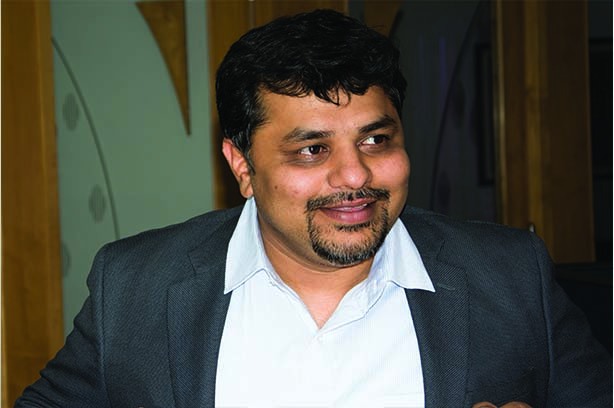Improvement and strengthening of the Highways network in the country is the core focus of the Government. How do you see the policies and measures helping and moving this cause?
The NDA government, from day one has been very bullish on the Road sector. They have improved the road construction activity from almost 14kms/day to 27 kms/day by April 2018. The push is to move towards 40kms/day. Also, with the resets and policy changes that were done in the road sector during 2014-2015, most impediments were ironed out to enable seamless construction activity. With the election year around the corner, it would be difficult to devote time and energy into infrastructure reforms, as seen in the past. Historically, governments have shifted focus to social reforms and populist measures during the last year of their tenure. The very same reason, why the government announced more than 80,000 kms under the Bharatmala scheme, last year. This will help the road construction segment to move at its pace without any hindrances. Also, NHAI was delegated with full powers for sanctioning EPC projects which made the awarding process much faster.
Which are the key projects that are likely to create a deep impact on the growth and the future of the sector in the country?
Golden Quadrilateral project started by the NDA government during 1999 was one of the landmark projects, which revolutionised the Road transportation sector. But this road construction activity has not kept pace with the growth in traffic. There have been various phases of flagship NHDP projects, which were identified and implemented on a need basis. The next landmark project is the Bharatmala. The announcement of Bharatmala has been on the anvil for some time now. With the cabinet approval in October 2017, this project is expected to gather pace. Roads have always been the backbone of a country’s growth. So any major project announcement is very good for the sector and the country. If we look at the various pieces of the Bharatmala announcement, there are many roads which have been strategically selected to improve the economic corridors. This will ensure that there is also a good industrial development and creation of new urban centres. This will also give a fillip to the real estate industry in the long run. Another key development arm of the Ministry of Road Transport & Highways is NHIDLC. All projects under NHIDCL are more strategic in nature. The projects under NHIDCL are aimed at connecting North East (8 States, including Sikkim) to the main land, India and also to strengthen then border roads. Established during 2014, they currently have ~13,000 kms, valued at INR 2 Lakh crore under them. Of this close to 21 per cent are under execution, the rest are under DPR status.
What measures can be taken to bridge the funding gap in the Roads & Highways sector?
The government had proposed to look at NHAI bonds to raise some funds, but then again there are some reservations from various quarters regarding the same. The most recent move to fund road projects through “Equity Finding Mechanism”, first for NHAI, could see some interest from Indian and foreign companies to invest in. But it is necessary that the government irons out all other issues it had during the previous PPP projects before they launch this. This will boost investor confidence and help in a successful roll out.
What measures can be taken to ensure a model of sustainable mobility in the country?
Unlike other countries, our traffic on the road is heterogeneous. We find anything from an animal driven carts to bikes to cars and HCV’s on the road. Managing this traffic cannot be done only by widening or building new roads. A lot of thought has to go behind planning and designing these roads. We also need to plan as per the country’s population and growing urbanisation. Most of our road construction projects are aimed at providing an interim relief to the commuters. There is traffic pain during the construction of the project, typically 2-3 years. Post which there is a relief of 5 years. But our traffic is growing at a breakneck speed that these roads will be insufficient sooner than expected. The road plan and projections are not adequate with a short vision of hardly about 5-10 years. In developed countries like the US, the roads were planned by keeping in mind traffic projections of more than 30-40 years. A developing nation like India should plan for much more. Learnings from the past projects needs to be leveraged and implemented. The current vision is realistic, but the bigger question is, is it sustainable?
To be sustainable, we should plan our roads to be safe, pedestrian and two-wheeler friendly, ability to deploy mass rapid transport systems, Rapid charging stations for E-Vehicles etc. There are enough examples out there to learn from developed nations, but none plug and play. We need to develop our own solutions to suit to our conditions and traffic. The Government has already started in that direction, but there is still a long way to go.
@EPC World Media






